Do you know who you are, or have you based your entire personality on what others tell you about yourself? Have you ever wondered what is the difference between gender, sexuality, and sexual identity? For this week’s session, we delved into the topic of Gender, Sexuality and Identity with Pratyay Malakar an educator, Gender activist and co-founder of Educators for Equality; an organization which nurtures students to become self-aware, rigorous leaders, inclusive community builders and engaged civic citizens. Pratyay had actively took part in PRIA’S Youth-n-Democracy campaign and from being a student activist to a facilitator today, she has come a long way in advocating for inclusive education.
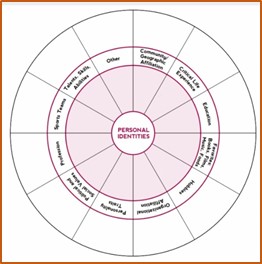
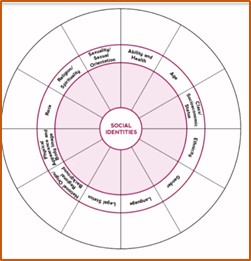
To set the tone, the session began with an ice-breaking activity. Fellows were prompted to complete sentences starting with “If I were…a flower, a celebrity, a song… I would be”. Given that symbols are expressions of our identity and are used to express our values, interest and self-expression, the activity encouraged fellows to think about themselves, what they associate themselves with, why and encouraged everyone to engage in a light-hearted conversation.
The ice-breaking activity seamlessly transitioned into a deeper exploration of personal and social identity. Fellows were asked to chart out the aspects of their life that are important to them and aspects that do not hold a lot of importance through the two-diagram displayed above.
This activity and a ted talk titled “How Identities are Constructed” that followed it, helped them to describe themselves and understand what Identities are and how they are constructed. Identities are not just our personality traits, attitude, and values but also how people perceive us. Everyone we meet, be it our friends, family members, random people on the street creates an image, an opinion, a perception of us in their mind. The perception is largely based on our expression of our values, attitudes, and traits. But this leaves room for a lot of miscommunications as perceptions of different people may vary.
Eventually what happens is that the perception of “other’s” becomes our Identity. Our identity gets ruled by how others see us and not what we are or feel like, which should not be the case. So, what more is there to Identity?
The facilitator explained that our identity is how we express ourselves. As much as identity is constructed by society, by people around us what is more important is how we like to express ourselves.
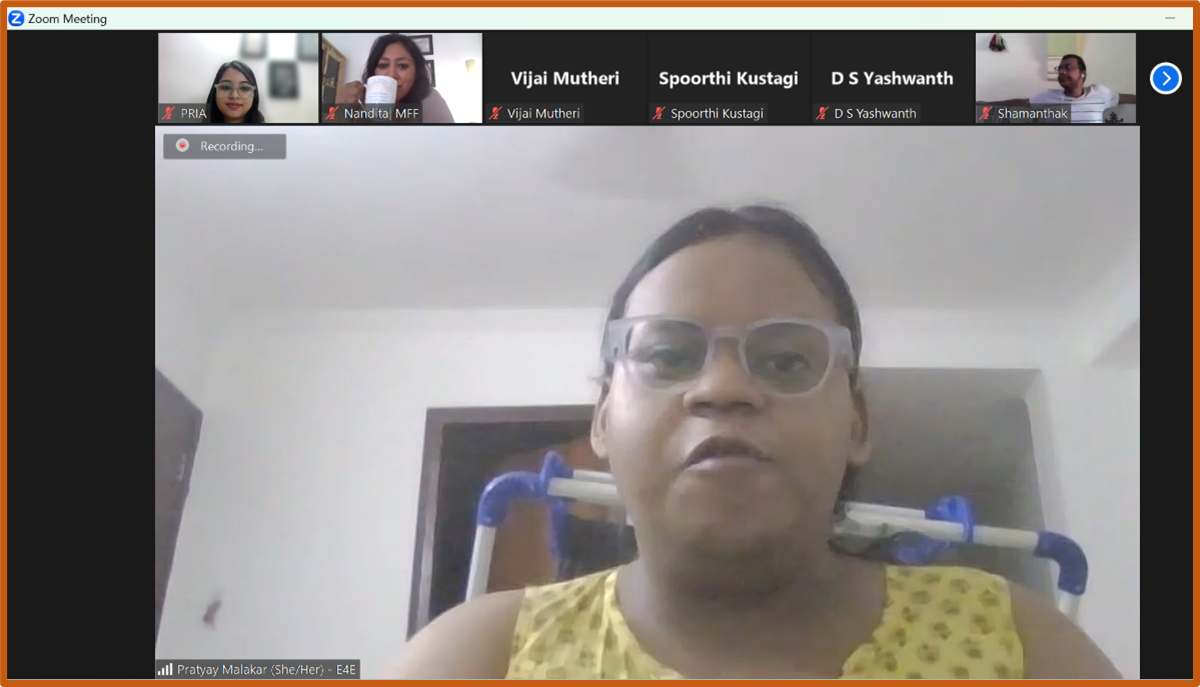
What we as “the other’s” who form opinions, perspective about people can do is be active listeners, compassionate and respectful of other’s choices.
The Facilitator guided the conversation towards Sex and Gender, introducing the concept of Intersex as individuals who don’t fit into the male or female categories due to intersex variations in genitals. They often face forced surgical procedures after birth to conform to societal binaries, leading to long-term physical and psychological impacts.
Moving to Sexual orientation, the facilitator explained that Heterosexuality id the socially accepted norm where people are attracted to the opposite sex. This belief is known as “Heteronormativity” which upholds the idea that biological sex, gender identity, gender roles and sexuality should align. Any other form of attraction, identity or desire outside these norms is often seen as abnormal.
However, there are individuals who challenge these norms and identify as “Transgender”. This umbrella term includes those who don’t identify with their assigned sex at birth (transmen or transwomen) and those who reject the binary categorization of man or woman (non-Binary people).
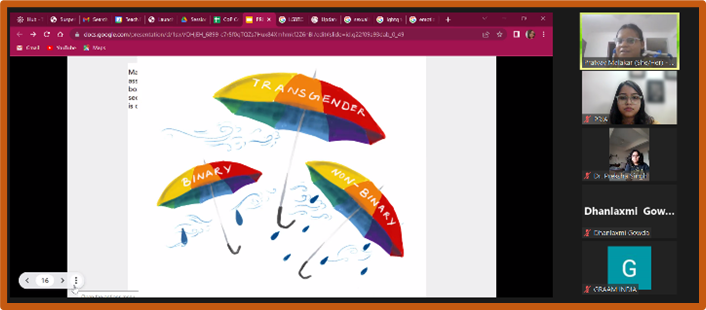
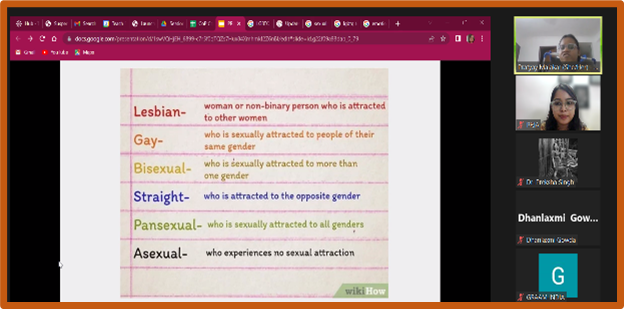
Pratyay emphasized that if we come across someone who doesn’t want to fit into the binary, we can always ask them how they want to be addressed as. She emphasized the need to use gender neutral words like chairperson instead or chairman, Partner/Spouse instead of husband or wife. There also exist gender neutral pronouns like They/them/Theirs, Ze/Hir/Hirs, Xe/Xem/Xyrs et cetra.
Moving ahead, the different kinds of sexual orientation were discussed.
Towards the end Ms. Nandita Pradhan, Director, Martha Farrell Foundation emphasized that since the fellows would be embarking on their social action project, going out in the field, interacting with the communities, very soon it is very important for them to keep the things discussed in the session, in mind, imbibe and practice it.